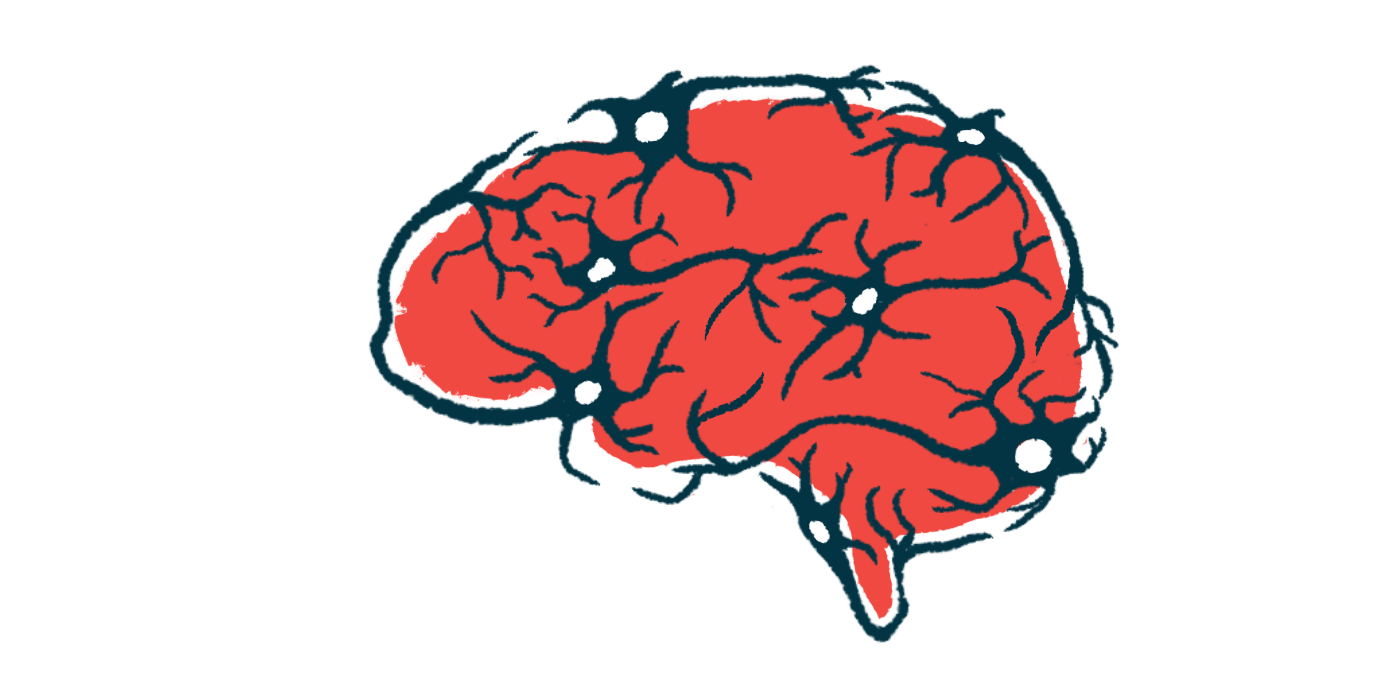Hi-res MRI Scanners May Bring MS’s Effect on the Cerebellum Into View
Study used MRIs with powerful 7 T magnets to see brains of healthy volunteers

Researchers were able to image the cerebellum — a small, compact region of the brain that plays key roles in multiple sclerosis (MS) and other diseases — with greater clarity than ever before.
Their imaging approach, which used MRI scanners equipped with powerful magnets, may help learn how the cerebellum is affected in MS and other conditions, and provide new markers for disease prognosis and treatments.
“This is the first time that we can view the human cerebellum directly, with this much detail,” said Nikos Priovoulos, a study co-author at the Spinoza Centre for Neuroimaging in the Netherlands, in a university press release. “We know for MS specifically that we could benefit from high resolution imaging in the cerebellum.”
The study, “High-Resolution Motion-corrected 7.0-T MRI to Derive Morphologic Measures from the Human Cerebellum in Vivo,” was published in Radiology.
The cerebellum is a small region near the base of the brain, just above the brainstem (where the brain connects to the spine). It plays a critical role in coordinating movements throughout the body and is involved in regulating mood and cognition.
MS is caused by inflammation that damages parts of the brain and spinal cord. The cerebellum is a common site of MS-related damage, which can contribute to movement-related symptoms.
“In multiple sclerosis (MS) the cerebellum plays an important role. MS patients have motor lesions, which means that they have damage to the nerve cells involved in movement,” Priovoulos said. “We already know from ex vivo studies, experiments outside the body, that degeneration of these cells takes place in case of MS.”
Getting a closer look at the cerebellum with a better MRI
The MRI is a gold standard technology for visualizing damage to the brain in MS and other neurological disorders. While most MRI scanners can image the cerebellum, the resolution usually isn’t very good. The cerebellum is densely packed with nerves and structures that fold in and around each other, and most MRIs can’t discern these fine details.
MRIs work by using powerful magnets to briefly alter the orientation of subatomic particles in the water molecules throughout the body’s tissue. The particles are then hit with radio waves, knocking them back into their original alignment, which releases signals that can be detected by a computer and stitched together to construct an image.
The clarity of MRI imaging is largely determined by the power of its magnet. Most hospital scanners have a magnet that’s 1.5 or 3 Tesla (T) — one Tesla equates to about 20,000 times the strength of Earth’s magnetic field.
In this study, researchers used MRIs armed with much more powerful 7 T magnets, allowing for better resolution.
“We can do this specifically because we have a very high field magnet (which is expensive and hard to build),” Priovoulos said.
The high-powered scanners were paired with automated processes to correct for the movement of the person in them. At this level of resolution, even tiny movements from breathing can decrease clarity if they’re not accounted for.
These techniques were applied to visualize the cerebellum in several healthy volunteers. Results showed the imaging could visualize individual folds of the cerebellum, with a resolution of slightly less than a fifth of a millimeter — less than 0.008 inches.
These imaging techniques could be used to estimate the total surface area of the densely folded cerebellum, the research showed. These estimations were closer to actual measures of human cerebellums from ex vivo studies, compared to estimations using older imaging techniques.
The proof-of-concept study was limited by its relatively small size, scientists noted, and also acknowledged that most people don’t have access to 7 T MRI scanners, though the technology “is becoming increasingly available to clinical researchers.” The researchers are now studying how this technology could be applied in MS.
“We can now look at the cognitive role of the cerebellum and the clinical aspects related to the cerebellum. We hope that using this technique we can look more in depth at neurodegenerative disorders,” Priovoulos said “Right now we are scanning MS patients and we hope to look at other clinical groups as well … We don’t know what the exact impact will be on the longer term. Hopefully it has some predictive value for these patients.”







